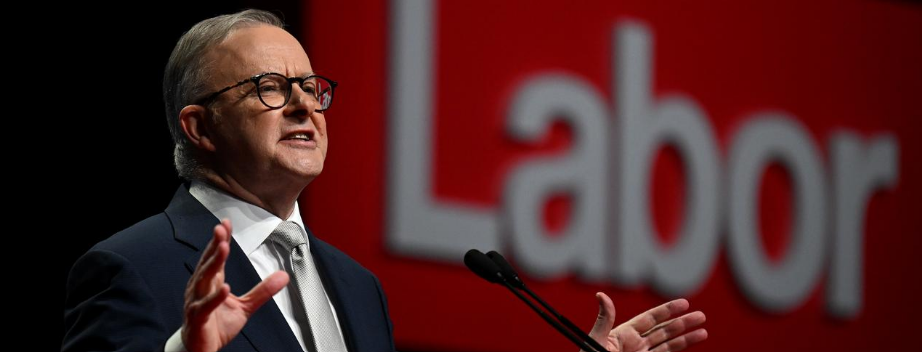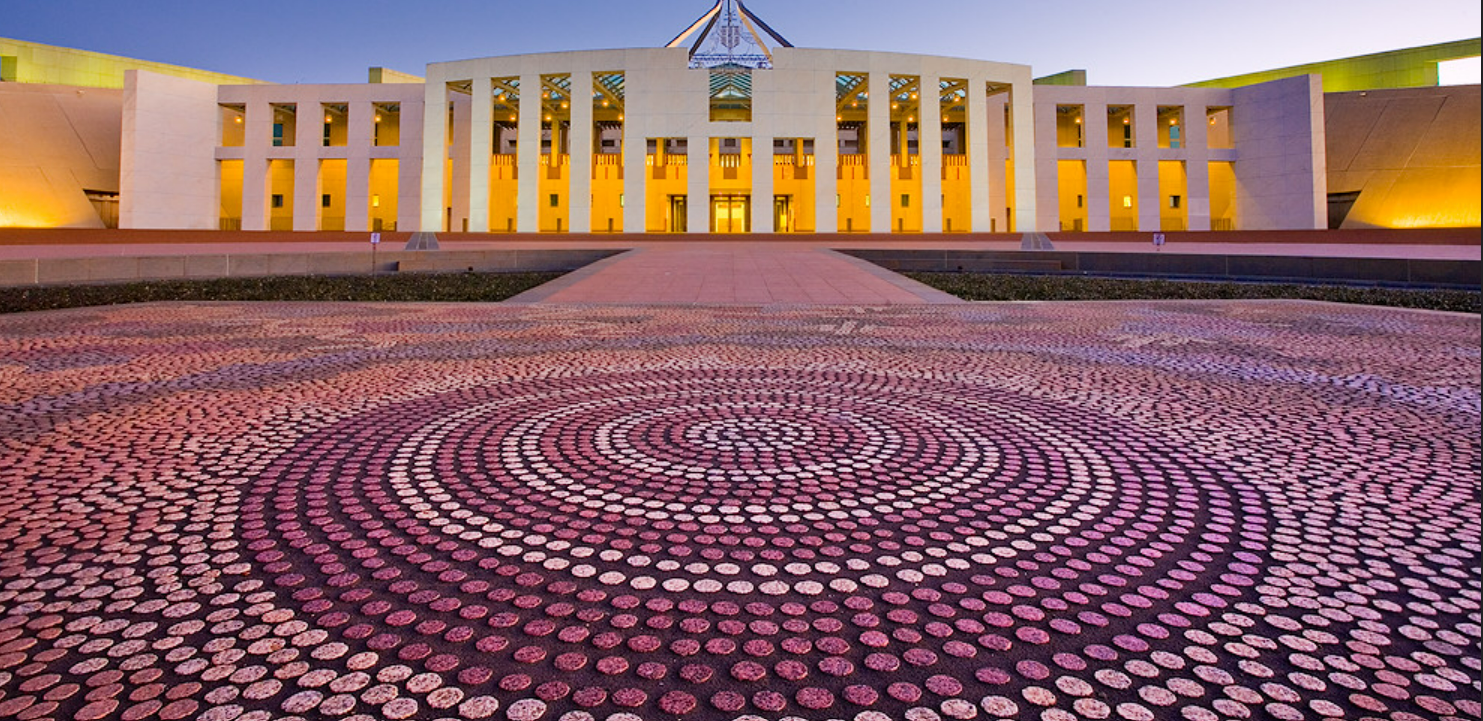From Thursday, 17 August to Saturday, 19 August 2023, thousands will flock to Brisbane for the 49th Australian Labor Party National Conference. The Australian Labor Party National Conference is the largest democratic decision-making forum held by any Australian political party.
This will be the first face-to-face national conference in 5 years, the first National Conference in Queensland since the 1970s, and the first National Conference held during a Labor federal Government since 2011.
The team at Nexus APAC is here to answer your questions about the Australian Labor Party National Conference with this short, simple guide. The guide will provide an idea of what to expect from the Conference and the short-to-long-term impacts of the Conference on the Labor Party (‘ALP’) and the Federal Government.
-
What is the ALP National Conference, and what is its purpose?
The Australian Labor Party National Conference is an internal body of the ALP. It is the highest representative body of the party’s state and territory branches. The Conference is the ALP’s highest decision-making forum and Australia’s largest political gathering.
The Conference is held every three years and serves to shape the policies that the ALP takes to federal elections and its vision for the Party’s future.
-
Who attends the Conference?
Approximately 400 Conference Delegates and 200 proxies preside over Conference. The President and Vice-Presidents of the Party act as non-voting delegates. As mandated by party rules, at least one-third of the delegates are women.
Delegates of the 2023 Conference include:
- The Hon Wayne Swan, President of the Labor Party and former Deputy Prime Minister of Australia;
- Mich-Elle Myers and Dr Susan Close, Vice Presidents of the Labor Party;
- The leaders and delegates of the Federal Parliamentary Labor Party;
- State and Territory Premiers, Chief Ministers, and Leaders of the Opposition;
- Delegates appointed by each State and Territory branch;
- Young Labor delegates; and
- Affiliated union delegates.
This year, nearly 30% of the attending delegates are from New South Wales, and 20% from Queensland. Contrastingly, only 1.5% of all delegates are from the Northern Territory, and just over 2% are from the Australian Capital Territory.
Although the ALP Conference is not open to the public, the ALP National Conference Fringe Program is accessible to anyone. The Fridge Program offers public panel discussions, Q&As, workshops, stalls, and networking receptions.
-
What is the National Platform Paper?
Delegates at the Conference will debate the contents of the National Platform Paper.
The National Platform is drafted by 60 delegates to the National Policy Forum. The forum facilitates policy development and debate between the Federal Labor Caucus, ALP branch members, and affiliated trade unions in the lead-up to National Conference to create a draft National Platform paper.
The Draft National Platform Paper is circulated to delegates a month before the Conference. The document contains seven chapters and 22 ‘Statements in Detail’, which become agenda items for the Conference. The draft paper is sent to all party members, branches, and affiliated unions for review to allow members to contribute to the formation of the paper. Above all, the drafting of the National Platform Paper is an inclusive system.
The National Platform Paper is not designed to be a policy document. The paper does not constitute final policy commitments. It is a statement of beliefs and aspirations of the Labor Party that guides Labor’s political representations.
-
How does the Conference work?
The ALP National Conference is chaired by the incoming National President and Vice Presidents. The chairs facilitate contributions from conference delegates and apply standing orders. Delegates can propose amendments and resolutions to the draft National Platform Paper.
To begin each debate, the relevant Minister moves a Chapter draft on behalf of the National Policy Forum. The Minister’s short speech is then followed by a discussion of proposed amendments and resolutions.
After each issue is considered, a vote, if required, then takes place. The outcomes of this process are then incorporated into the Platform draft, which, at the conclusion of the ALP Conference, becomes the official National Platform of the Australian Labor Party.
-
Why do factions matter?
Factions have traditionally shaped voting blocs at the Conference.
In the past, the Labor Right faction held a majority at the National Conference, though for the first time in at least 43 years, the Left faction will outnumber the Right. The Left has about 49% of the floor, while the Right holds 45%. The rest are unaligned delegates.
However, Prime Minister Anthony Albanese, a member of the Left faction, has urged his faction not to publicly challenge or reject significant policy initiatives at the Conference. In the lead-up to the Conference, the Government issued concessions to the Left faction, including hardening its position on Israel and establishing an Inquiry into trade deals. Notably, on the issue of AUKUS, dissent is expected to be confined to the hard-left unions.
-
How important is the Conference?
The ALP’s Parliamentary Caucus has a duty to work within the confines of the platform. This means that the Conference and the National Platform will shape the Federal Government’s priorities and potential policies. The Conference can also be the ‘battlefield’ that determines internal factional power. Senior ALP members and party leaders can gain support should their policy positions be broadly endorsed during the Conference.
Every aspect of the ALP as a political party is affected by the outcome of the Conference. The Conference drives the party’s strategies toward future elections, while the Fringe Program is an opportunity for the ALP to attract new members and understand social and political issues affecting Australians.
ALP President, the Hon Wayne Swan, stated: ‘Our parliamentary numbers are strong, but the grassroots of our movement – our membership, our union supporters, and our electoral base – need to be continuously nurtured. Only that will sustain us as an election-winning force beyond the electoral horizon’.
Previous ALP Conferences have had a critical impact on the policies of the Labor Party, and this one will be no different. It was at the 2007 National Conference where Kevin Rudd promised to reduce greenhouse gas emissions by 60% before 2050, which was wholly supported by delegates. It was the 2011 National Conference where the party voted to support same-sex marriage.
-
What should I keep an eye on at this year’s Conference?
Trade: The ALP is looking to grow international trade while enforcing the labour rights of domestic workers.
Uranium: Labor must set the approach for the mining, production, disposal, and export of uranium as an essential element in the nuclear fuel cycle. Also under consideration is Labor’s commitment to protecting human and environmental health when handling uranium.
Defence: Labor will maintain a self-reliant defence policy and is seeking to use defence relationships like AUKUS and the commitment to nuclear disarmament to enhance Australia’s peacemaking capabilities and decrease the threat of conflict. However, the $8 billion deal to build nuclear-powered submarines has been heavily criticised within Labor, with former Prime Minister Paul Keating describing it as ‘the worst deal in all history’. It is expected that this will be an ongoing debate at the Conference.
Migration: Labor is determined to reform the national migration system and fund programs to ensure that migration continues to play an integral role in advancing and diversifying Australia.
Immigration: Detention and the intake of refugees is a common topic of debate within the ALP Conference. Immigration Minister Andrew Giles’s announcement that Australia’s annual refugee intake will increase to 20,000 in 2024 could spark debate.
Housing Crisis: The ALP acknowledges that housing affordability remains a significant issue for Australians and is pledging to support subsidised and low-cost housing options alongside the construction of more social housing.
Energy: Supporting renewable energy is a significant investment for Labor. It is expected new policies on the growth of export-oriented clean energy projects and renewable energy-powered intensive manufacturing will be developed over the course of the Conference.
Picture: Dan Peled/NCA NewsWire
Latest posts by Nexus APAC (see all)
- United Kingdom General Election 2024: An Overview - April 15, 2024
- Australian Voters Go to the Polls - February 26, 2024
- Secretaries of Federal Departments – An Overview - February 1, 2024



